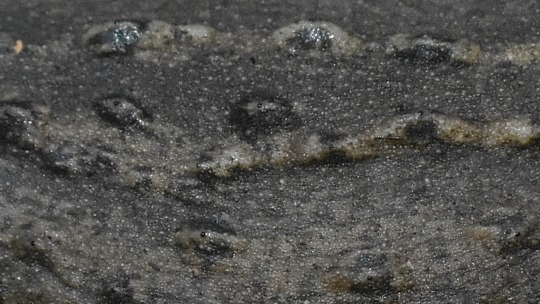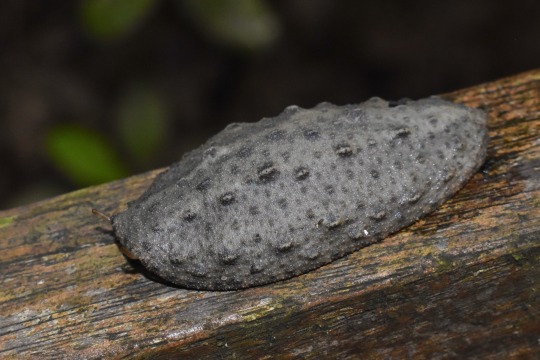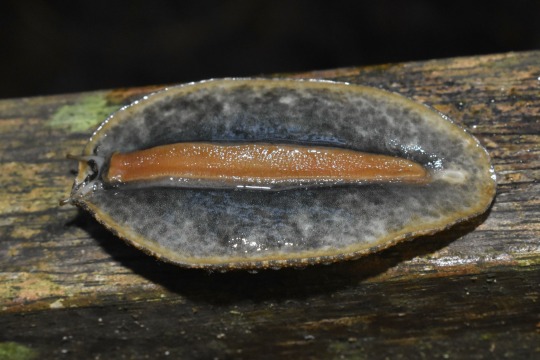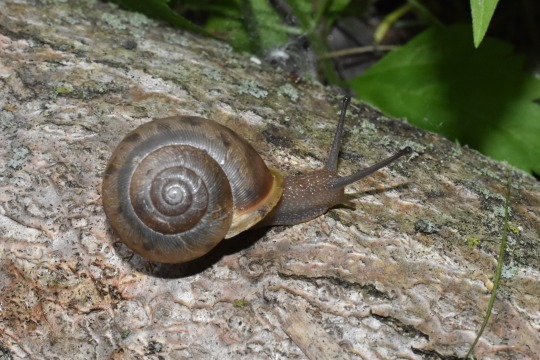#onch slug
Text
I met some relatives of my beloved leatherleaf slugs in the mangroves of Singapore, the onch slugs! they’re perhaps some of the slowest-moving animals I’ve ever encountered; this is one in a hurry:
the species pictured is a Platevindex, which are particularly interesting to me since their backs are studded with extra eyes! the dorsal papillae each have a little black dot that’s a photoreceptor, which helps the slug detect changes in light exposure.


onchidiids are marine animals, living on costal rocks and in mangroves, but breathe air and spend much of their time out of the water. like the leatherleafs, they’ve got a dry, tough hide that maintains water balance, but Platevindex takes that to an extreme—when I picked one up, it felt like a vulcanized rubber tire!



6K notes
·
View notes
Note
your slugs don't look like the slugs i'm used to, which just look like snails without shells. what's up with that? (i could google it but it's fun to ask questions)
it’s correct that most land slugs you see come from the same stock as the land snails you see! for the ease of language I will refer to all of these molluscs as “snails,” since a slug is just a snail whose shell has evolved to be absent or vestigial (leopard slug pictured has a tiny flat internal shell). there are even semi-slugs with a shell they can’t retract into! these snails all belong to the group Stylommatophora. I don’t really feel like going over all their distinctive traits, but I think most people are pretty familiar with these guys. there are a lot of them and they exist almost everywhere.


veronicellids like mine belong to the order Systellommatophora, a smaller group of snails that I believe evolved to live on land independently from the stylommatophorans. the two orders both make up the superorder Pulmonata, so they’re about as closely related as hedgehogs are to goats.
systellommatophorans comprise the semi-marine onch slugs, the veronicellid slugs, and the carnivorous rathouisiid slugs. all living systellommatophorans have no shells are are commonly called slugs.
however, a relic of their shelled past is still visible on their undersides:

see that little orifice on the right of their belly?

that’s the genital pore. since gastropods’ shells typically coil to the right, their anuses, sexual organs, and breathing holes typically are also always rightwards-oriented. veronicellids’ anuses are towards the tail end (bizarre for a once-shelled gastropod) but also are slightly to the right of center.
leatherleafs might be symmetrical from a top view, but their bellies hide evidence of a time when their ancestors had hard shells to coil up in!
292 notes
·
View notes